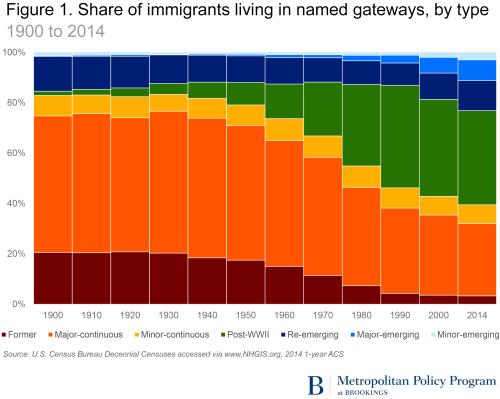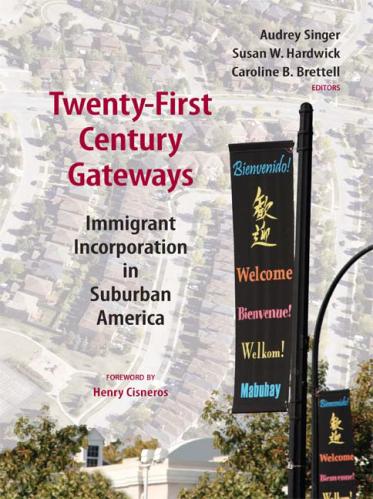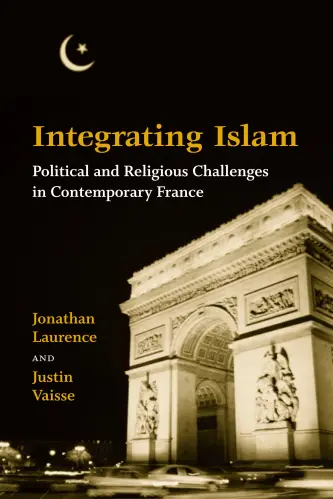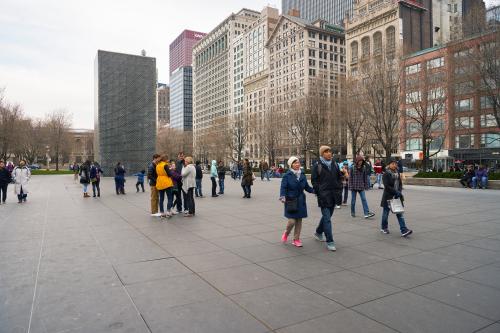Editor’s Note: In an introductory chapter to
Hispanic Migration and Urban Development: Studies from Washington, DC
(Emerald Group Publishing, 2012), Audrey Singer describes the ascent of metropolitan Washington from an area with low levels of immigration to a major U.S. destination.
ABSTRACT
Purpose: The purpose of this paper is to describe the ascent of Metropolitan Washington from an area with low levels of immigration area to a major U.S. destination.
Methodology/approach: Drawing on a growing body of research on immigration to Washington, D.C. and data from the American Community Survey (ACS), trends are examined in detail to illustrate how this immigrant gateway fits into the national historical picture.
Findings: The findings analyze the historical comparative settlement patterns of immigrants to the United States to demonstrate how Washington has emerged as the 7th largest immigrant gateway. It further analyzes metropolitan level data on country of origin and residence to show the diversity of the immigrant population and their disbursal to suburban areas from the central core over the past four decades.
Social implications: The paper also highlights some conflict in new suburban destinations within metropolitan Washington that experienced fast and recent growth. But immigrant incorporation has worked well in the past and Washington can continue to work to be a model of immigrant integration as local organizations, governments, and communities continue to confront the challenges of immigration in productive and sustainable ways.
Originality/value of paper: This paper combines the historical settlement of immigrants across America with and in depth examination of one of the newest and largest immigrant gateways, the U.S. capitol region, Washington, D.C.









Commentary
Metropolitan Washington: A New Immigrant Gateway
April 2, 2013